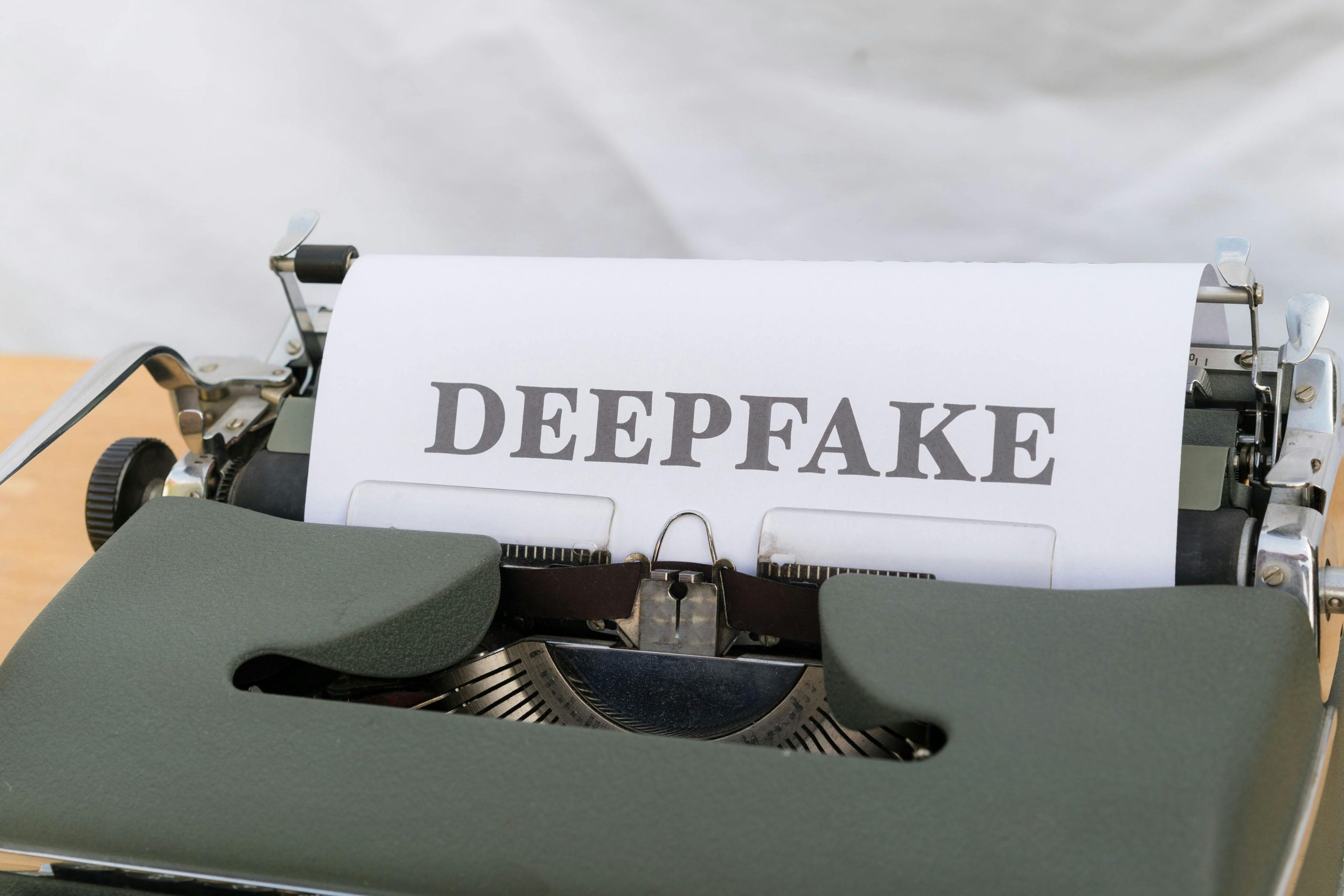The Language Barrier: Can Large Language Models Bridge Gap Cultures?
In world increasingly interconnected technology, language barrier remains formidable obstacle communication understanding among people diverse linguistic backgrounds. 7,000 languages spoken globally, fostering cross-cultural communication poses significant challenges. However, advancements artificial intelligence (AI), particularly realm large language models (LLMs), offer glimmer hope bridging communication gap.
Machine Translation’s Rise Challenges
Machine translation (MT) systems long employed means overcome language barriers. systems leverage computational algorithms translate text speech one language another. MT made significant strides recent years, challenges persist, including preservation context, nuances, cultural references, often resulting awkward inaccurate translations.
Enter Large Language Models: Game-Changer?
LLMs, type AI model trained vast amounts text data, demonstrated remarkable capabilities natural language processing (NLP) tasks, including machine translation. Unlike traditional MT systems, LLMs possess ability comprehend context cultural nuances embedded within text, leading accurate fluent translations. proficiency capturing essence tone source language opened new possibilities seamless cross-cultural communication.
Examples LLM Success Language Translation
- Google’s Transformer: Google’s Transformer model garnered widespread recognition exceptional performance machine translation. instrumental powering Google Translate, enabling translations across 109 languages remarkable accuracy fluency.
- DeepL: DeepL, German AI company, developed LLM-based translation system consistently outperformed Google Translate terms translation quality. DeepL’s model excels preserving context nuances source language, producing highly accurate natural-sounding translations.
Limitations Ethical Considerations
While LLMs hold immense promise bridging language barrier, limitations ethical considerations must acknowledged. Firstly, LLMs heavily reliant data trained training data contains biases stereotypes, biases can perpetuated amplified model. Additionally, use LLMs language translation raises ethical concerns regarding data privacy potential manipulation misuse information.
Conclusion: Promising Future, Challenges Remain
The advent LLMs undoubtedly revolutionized field machine translation, offering beacon hope overcoming language barrier fostering cross-cultural communication. However, challenges remain addressing biases, ensuring data privacy, navigating ethical considerations. LLM technology continues evolve, researchers developers must strive mitigate limitations, paving way future language ceases barrier, bringing people diverse linguistic backgrounds closer together.
This article explores potential large language models (LLMs) bridging language barrier fostering cross-cultural communication. highlights limitations ethical considerations surrounding LLM-based machine translation emphasizes need research development unlock full potential technology.










